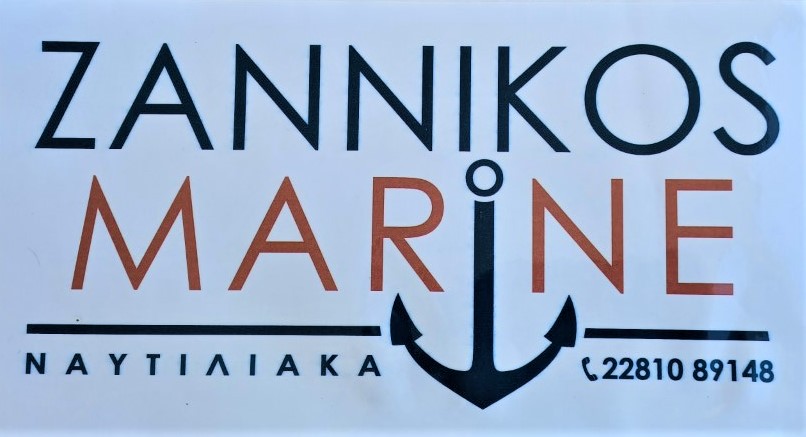Rib and Sea


Δ.Ν.Τ. : Το ελληνικό δημόσιο χρέος δεν είναι βιώσιμο ακόμη και με νέα βαρειά μέτρα λιτότητας.
 Secret documents show creditors’ baseline estimate puts debt at 118% of GDP in 2030, even if it signs up to all tax and spending reforms demanded by troika.
Secret documents show creditors’ baseline estimate puts debt at 118% of GDP in 2030, even if it signs up to all tax and spending reforms demanded by troika.
Greece would face an unsustainable level of debt by 2030 even if it signs up to the full package of tax and spending reforms demanded of it, according to unpublished documents compiled by its three main creditors.
The documents, drawn up by the so-called troika of lenders, support Greece’s argument that it needs substantial debt relief for a lasting economic recovery. They show that, even after 15 years of sustained strong growth, the country would face a level of debt that the International Monetary Fund deems unsustainable.
The documents show that the IMF’s baseline estimate – the most likely outcome – is that Greece’s debt would still be 118% of GDP in 2030, even if it signs up to the package of tax and spending reforms demanded. That is well above the 110% the IMF regards as sustainable given Greece’s debt profile, a level set in 2012. The country’s debt level is currently 175% and likely to go higher because of its recent slide back into recession.
The documents admit that under the baseline scenario “significant concessions” are necessary to improve Greece’s chances of ridding itself permanently of its debt financing woes.
Even under the best case scenario, which includes growth of 4% a year for the next five years, Greece’s debt levels will drop to only 124%, by 2022. The best case also anticipates €15bn (£10bn) in proceeds from privatisations, five times the estimate in the most likely scenario.
But under all the scenarios, which all assume a third bailout programme, looked at by the troika – the European commission, the European Central Bank and the IMF – Greece has no chance of meeting the target of reducing its debt to “well below 110% of GDP by 2022” set by the Eurogroup of finance ministers in November 2012.
In the creditors own words: “It is clear that the policy slippages and uncertainties of the last months have made the achievement of the 2012 targets impossible under any scenario”.
These projections are from the report Preliminary Debt Sustainability Analysis for Greece, one of six documents that are part of the full set of materials that comprise the “final” proposal sent to Greece by its creditors last Friday.
 These, which the Guardian has seen, were obtained by Suddeutsche Zeitung after they were sent to all German MPs with the expectation that the deal would need to be approved by the country’s parliament.
These, which the Guardian has seen, were obtained by Suddeutsche Zeitung after they were sent to all German MPs with the expectation that the deal would need to be approved by the country’s parliament.
A woman passes by a graffiti in Athens reading ‘No’ in German.
A vote in the Bundestag never took place as the Greek prime minister, Alexis Tsipras, rejected the plans and called a referendum on whether to accept the creditors’ demands.
While the analysis underlines the fact that Greece has already benefited from a number of debt-reducing measures – maturities have been extended, interest payments are similar to those of less indebted nations and the PSI in 2012 cut debt by about €100bn – the document also admits that under the baseline scenario “significant concessions” would improve sustainability.
But despite the lenders’ admission that Greece cannot thrive without debt relief the documents provide no clarity about what such a package might look like, nor does it provide any detail of a third bailout programme despite assuming one would exist. They promise only a more detailed debt sustainability analysis in due course.
The documents also throw light on the €35bn investment package that several governments, including Germany’s, have this week pointed out was offered to Greece last week.
The second document in the pack of six, titled Reforms for the Completion of the Current Programme and Beyond, show there was less to this offer than suggested by commission president Jean-Claude Juncker and Germany’s vice-chancellor Sigmar Gabriel. The cash on offer is not an ad hoc investment but is actually an EU grant that is regularly available to all member states. And, as Suddeutsche Zeitung points out, accessing the cash requires a 15% co-financing in Greece’s case, which it cannot afford. Because of this, Greece has unspent sums from its €38bn 2007-2013 pot of available grants.
A third document outlines the “financing needs and draft disbursement schedule linked to the completion of the fifth review”, spelling out how Greece would have received €15bn to meet its obligations until the end of November. The cash would have been handed over in five tranches starting in June (as soon as the Greek parliament approved the proposals) to cover Greece’s financing needs. However, 93% of the funds would have gone straight to cover the cost of maturing debt for the duration of the extension.
The remaining documents cover the nuts and bolts of the actions that were expected to be taken by Greece in consultation with the EC/ECB/IMF. One of these papers was also published by the European commission over the weekend.
The plan is premised on a primary surplus target of 1%, 2%, 3%, and 3.5% of GDP in 2015, 2016, 2017 and 2018 respectively (both sides agree on these targets). It is anchored on VAT changes producing additional revenue of 1% of GDP and a reform of the pension system that leads to savings of 1% of GDP in 2016.
On VAT reforms, the proposal suggests broadening the tax base at a standard rate of 23%, and would include restaurants, and catering. There will be a reduced rate of 13% to cover a limited set of goods, that includes energy, basic foods, hotels and water (excluding sewage).
There was also to be a super-reduced rate of 6% on pharmaceuticals, books and theatres, an increase on tax on insurance and the elimination of tax exemptions on certain islands. The creditors had originally wanted only a two-tier VAT system.
In terms of pensions, which have been the stickiest point in the negotiations, the plan demands reforms to:
* Create strong disincentives to early retirement, including changes to early retirement penalties.
* Adopt legislation so that withdrawals from the social insurance fund will incur an annual penalty, for those affected by the extension of the retirement age period, equivalent to 10% on top of the current penalty of 6%.
* Ensure that all supplementary pension funds are only financed by own contributions
* Gradually phase out the solidarity grant (EKAS) for all pensioners by end-December 2019. This shall start immediately for the top 20% of beneficiaries with the details of the phase-out to be agreed with the institutions.
* Freeze monthly guaranteed contributory pension limits in nominal terms until 2021.
* Provide to people retiring after 30 June 2015 the basic, guaranteed contributory, and means-tested pensions only at statutory normal retirement age, currently 67 years.
* Increase the relatively low health contributions for pensioners from 4% to 6% on average and extend it to supplementary pensions
On Monday, Juncker insisted – incorrectly – that these measures did not amount to a cut in pensions. However, the creditors were correct in saying that they had compromised and the plans had some flexibility. They also suggested that Greece could provide alternative proposals as long as they are “sufficiently concrete and quantifiable”.
The creditors’ proposals also suggested that corporation tax rise only from 26% to 28%. Greece wanted the rate set at 29%.














